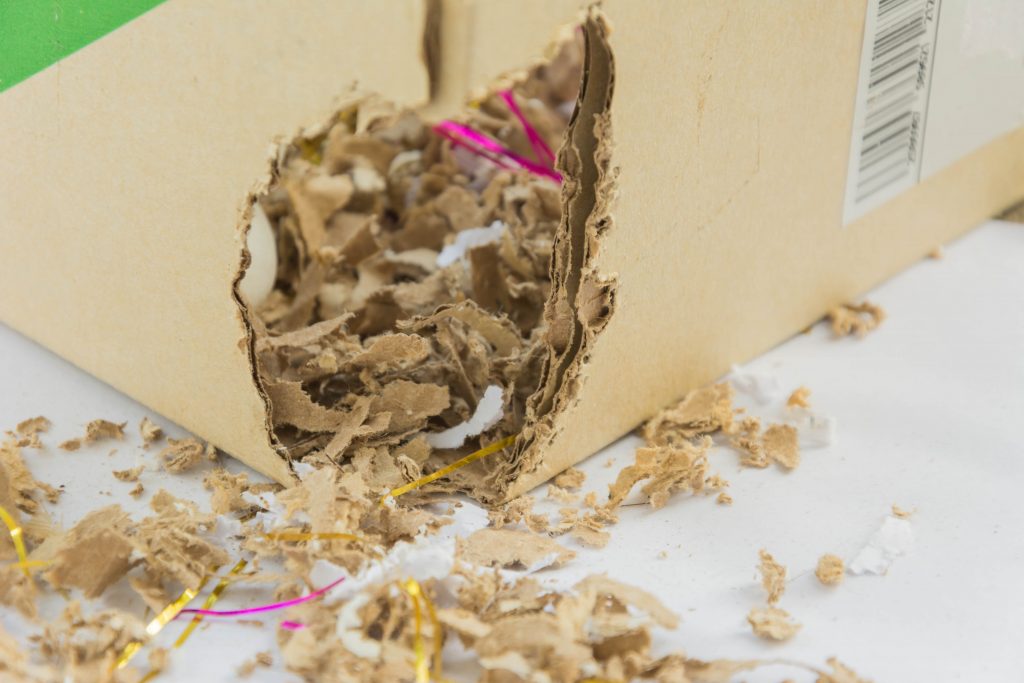Mice and other rodents are prolific chewers. These animals can chew their way into our homes, getting into our food and risking fire by chewing on electrical wires. Their chewing is especially a problem because mice carry several diseases in their saliva, like Salmonellosis and Hantavirus, which can make us very sick. If you think there are mice in your home, please give Mouse Exterminator Burlington a call and we’ll get rid of them immediately.
Mice are omnivorous mammals that feed primarily on fruits, vegetables, seeds, grains, fungi, and insects. The house mouse is the most common species in Canada, measuring 6 to 11cm in length and weighing approximately 20 grams. This mouse has a slender body, light grey or brown fur coat, large round ears, and a long, nearly hairless tail. House mice are attracted to the warmth of people’s homes and often get inside by squeezing through little gaps in the walls. Mice reach sexual maturity at merely 4 to 7 weeks of age and can produce as many as 10 litters of pups per year. The average house mouse lives for about 2 year’s time.
As rodents, mice can chew through practically anything. This includes wood, plastic, vinyl, rubber, and low-gauge metals like aluminum screening. Having strong, ever-growing teeth allows mice and other rodents to manipulate their environments and eat tough foods. A mouse’s bite marks look like tiny scratches on the surface because their teeth are very small. Objects that have been gnawed on will have characteristically tiny little bite marks in them. A cereal box that has been chewed on, for example, may have a hole in it about an inch wide, but if you look closely, you will see that it is made of many tiny little bites.
If you suspect a mouse infestation in your home, look for bite marks in the dark corners of your kitchen and pantry. Check the baseboards and kitchen cabinets for chew marks and see if any boxes or bags of food have been gnawed on. During your search, you should also look for droppings that resemble black grains of rice and listen carefully for any squeaking or scratching sounds coming from the walls. Remember that mice are usually most active at night. Mice frequently nest in quiet, warm, enclosed areas that are close to food, such as in wall voids, false ceilings, and behind appliances.
If you have been bitten by a mouse, you should seek medical help immediately. It’s important to get rid of any mice in your home as soon as possible because they could infect you with a serious illness. They can also cost you hundreds of dollars in damages to the structure of your home. The professionals at Pest Control Burlington would be happy to help. We use high quality rodenticides that target mice specifically and eliminate them in the safest and most efficient fashion. Call Pest Control Burlington now for mouse removal and pest-proofing: 647-496-5721.

